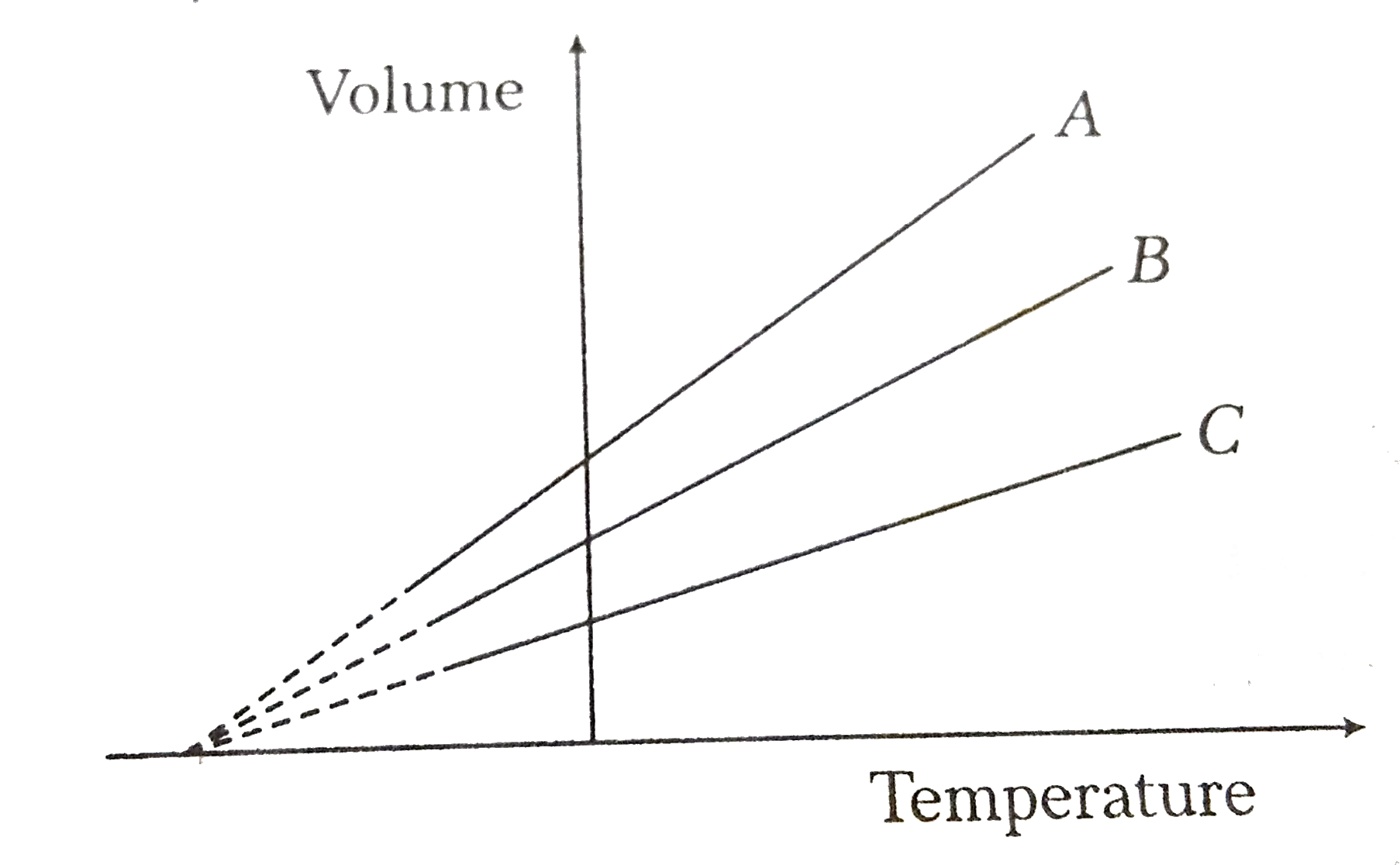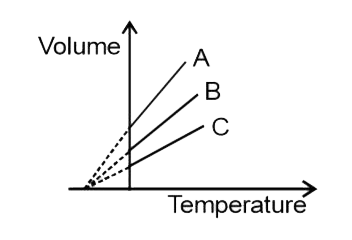(a) An ideal gas undergoes a single stage expansion against a constant opposing pressure from (P1,V1,T) to (P2,V2,T). What is the largest mass m which mass m which can be lifted through a height h in this expansion?
(b) The system in (a) restored to initial state by a single compression. What is the smallest mass ‘m’ which must fall through the height h to restore the system?
(c) What is the net mass lowered through height h in the cycle transformation in (a) and (b) ?
(a) m=nRTgh(1−P2P1),(b) m'=nRTgh(P1P2−1),(c) m'−m=nRTgh((P1−P2)2P1P2)2
Topper's Solved these Questions
- THERMODYNAMICSBOOK - MOTIONCHAPTER - THERMODYNAMICSEXERCISE - EXERCISE - 4 (LEVEL - I)
21 Videos
- THERMODYNAMICSBOOK - MOTIONCHAPTER - THERMODYNAMICSEXERCISE - EXERCISE - 4 (LEVEL - II)
19 Videos
- THERMODYNAMICSBOOK - MOTIONCHAPTER - THERMODYNAMICSEXERCISE - EXERCISE - 2 (LEVEL-II ASSERTION REASON)
6 Videos
- THERMOCHEMISTRY BOOK - MOTIONCHAPTER - THERMOCHEMISTRY EXERCISE - Exercise - 4 Level-II
8 Videos
Similar Questions
5 moles of an ideal gas expand isothermally and reversible from a pressure of 10 atm to 2 atom at 300K. What is the largest mass which can be lifted through a height of 1 metre in this expansion?
View Solution5 moles of an ideal gas expand isothermally and reversible from a pressure of 10 atm to 2 atom at 300K. What is the largest mass which can be lifted through a height of 1 metre in this expansion?
View Solution
Knowledge Check
10 mole of ideal gas expand isothermally and reversibly from a pressure of 10atm to 1atm at 300K. What is the largest mass which can lifted through a height of 100 meter?
A31842kgB58.55kgC342.58kgDnone of thesemoles of an ideal gas expand isothermallty anad reversibly from pressure of 5 atm to 1 atm at 300 K . Calculate the largest mass than can be lifted through a height of 1 M by this expansion .
A4092.76 kgB8730.9368 kgC4492.76 kgD8170.2344 kgThe expansion of an ideal gas of mass ma t a constant pressur p is given by the straight line B. Then, the expansion of the same ideal gas of mass 2m at a pressure 2p is goven by the straight line.
 ACBACBDNone of these
ACBACBDNone of these
10 mole of ideal gas expand isothermally and reversibly from a pressure of 10atm to 1atm at 300K. What is the largest mass which can lifted through a height of 100 meter?
View SolutionThe expansion of an ideal gas of mass m at a constant pressure P is given by the straight line B. Then the expansion of the same ideal gas of mass 2 m at a pressure 2P is given by the straight line

View SolutionThe expansion of an ideal gas of mass m at a constant pressure P is given by the straight line D. Then the expanison of the same ideal gas of mass 2m at a pressure P/2 is given by the straight line

View SolutionThe expansion of an ideal gas of mass m at a constant pressure P is given by the straight line D. Then the expanison of the same ideal gas of mass 2m at a pressure P/2 is given by the straight line

View SolutionThe change in the entropy of a 1 mole of an ideal gas which went through an isothermal process form an initial state (P1,V1,T) to the final state (P2,V2<T) is equal to
View Solution
